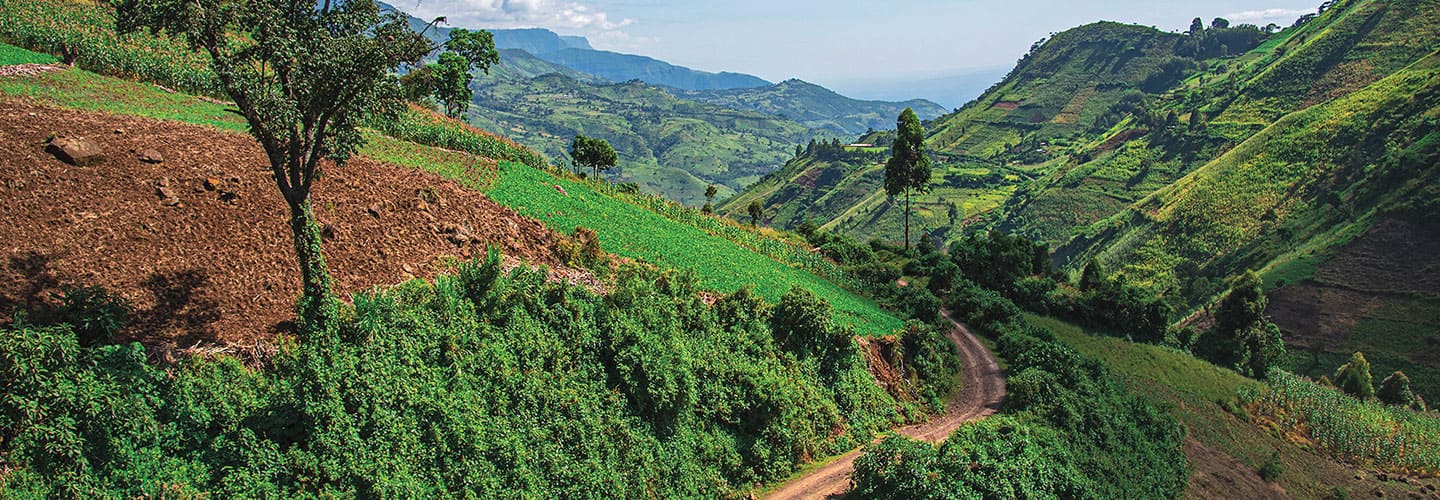During the fall of 2019 in Vienna, Austria, a long-distance runner named Eliud Kipchoge achieved something no human being had ever done before or since. He ran a marathon—26.2 miles—in under two hours.
The very next day, at the Chicago Marathon in Illinois, Brigid Kosgei became the new women’s world record holder in the 26.2-mile race, a title she defended at the London Marathon this past October.
Like many professional athletes, Kipchoge and Kosgei are disciplined and dedicated to their sport. But they also have something else in common. They are both from a region of western Kenya that makes up part of the Great Rift Valley. This small corner of Africa has a population of about 10 million. That’s 0.13 percent of the world’s 7.7 billion people. Yet this region is home to nearly half of the world’s best distance runners.
Researchers have long studied why Kenyan athletes from the Great Rift Valley consistently dash across finish lines ahead of their exhausted competitors. One secret, they say, may lie in the region’s towering elevation.

